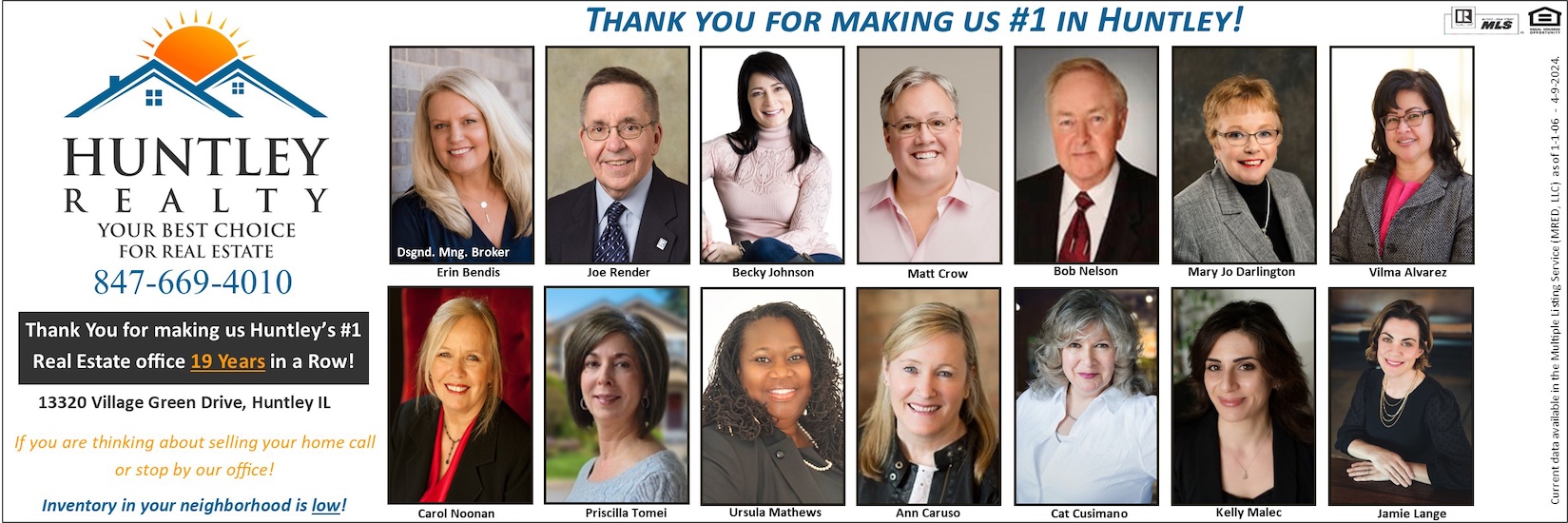The Great British Baking Show is one of my guilty pleasures. As time allows, I enjoy watching the bakers prepare indulgent treats such as Charlotte Royale, Stuffed Mouse Crumpets and Crème Filled Donuts. In between the inevitable kitchen mishaps and lighthearted competition are scenes of the gorgeous British countryside. The producers of the series focus on the plants almost as much as the recipes. Each 30-minute episode allows the watcher to be transported to England through a sensory experience. Through the engagement of sight and sound viewers enjoy a journey across the Atlantic.
Gardening is very much a sensory experience. Whether it’s the sweet fragrance of a flower, the sound of rustling blades of ornamental grass or the feel of soft trichomes on leaves our senses are engaged by nature. All gardens, to some extent, stimulate the senses. Creating a sensory garden, no matter the size, gives you an opportunity to connect to nature on a deeper level. This can reduce stress, enhance memory and promote therapeutic healing.
The following are some ways to incorporate elements that engage all five of the human senses.
Smell – When adding elements to a sensory garden consider plants that emit an odor through both the foliage or the flowers. The leaves of plants on creeping thyme, for example, emit a strong odor when crushed or walked on. Spring blooming hyacinth bulbs have a beautiful smell and can be used as a cut flower. Rosemary, lavender and sage herbs also add to the fragrance of a sensory garden.
Sound – Adding a bird bath to a garden may attract the beautiful sounds of birds. Trickling water from a table top fountain is also a wonderful way to incorporate sound. By incorporating plants that attract pollinators a garden can be filled with the sounds of insects buzzing. Wind blowing through wildflowers and ornamental grasses also creates sound that many people find relaxing.
Taste – The sense of taste can be engaged through the traditional sources such as vegetables, fruits and herbs. Edible flowers are also a non-traditional way to create an edible garden. Pansies, calendula, anise hyssop, daylilies and honeysuckle flowers are all edible. Make sure that anything that you intending to eat is grown through organic methods.
Sight – Various flower colors, different shapes and alternating heights can be combined to create a visual masterpiece. Bold colors promote motion and cool colors encourage calmness. Scarlet hibiscus, red flowering dianthus and bi-color blanket flower each have bold colors. Perennial salvia, catmint and Russian sage are cool color flowers. Phlox, milkweed and coreopsis when planted can help enhance the sense of sight by attracting butterflies.
Touch – For many feeling the plants leaves is part of the process walking through a garden. The soft, furry leaves on lamb’s ear feel much different than the leathery leaves of Lenten rose. Considering texture when incorporating plants into a sensory garden is a great way to engage the sense of touch.
Sensory gardens can be any size and can incorporate any number of senses. The layout of the garden can be incorporate one sense at a time or be multi-sensory. Toxic plants and those with thorns should be left out of the design.
These types of gardens on any scale allow homeowners to immerse themselves in nature. The benefits of creating a sensory garden are numerous. It is a way to improve mental and physical health, enhance creativity and boost cognitive ability as well as incorporate beauty into your yard.
Kathleen Carr is the owner of The Growing Scene, Inc.,a landscaping company. She can be reached by calling 815-923-7322 or emailing her at Kathleen@thegrowingscene.com. Have a gardening question? Please contact her. She may address it in an upcoming column.




